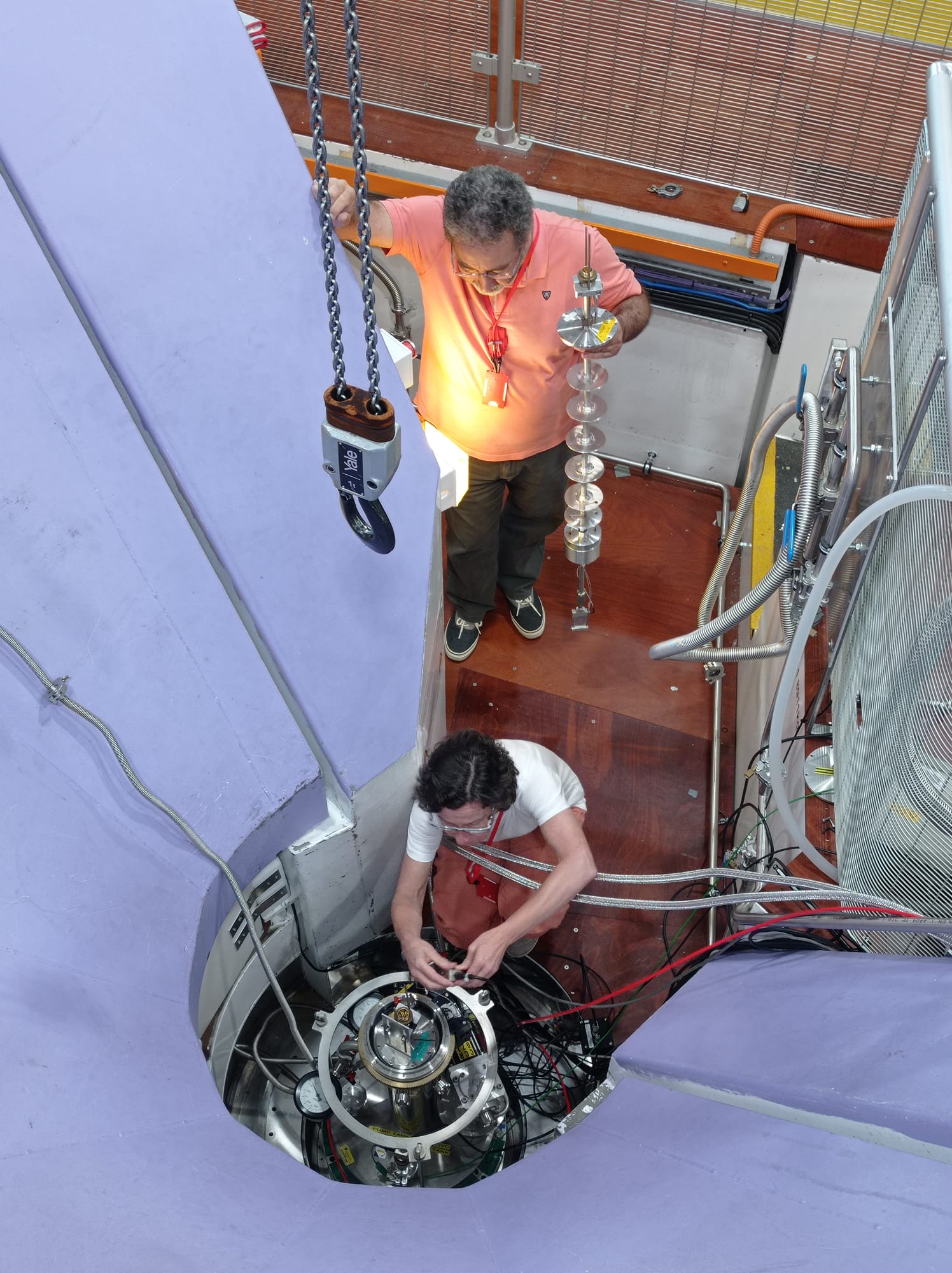Every 90 seconds, someone in the UK is diagnosed with cancer. Cancer is an aggressive disease where uncontrolled and abnormal cell growth occurs within a tissue or organ. These mutated cells can invade other organs via the bloodstream and thus spread the cancer in a process called metastasis. The transition from a normal cell to a cancerous one is not fully understood. However, the dynamics of cellular water is known to be a key factor and could be a cancer biomarker (the indicator for the existence of cancer). Water within the human body is essential for the transport of molecules in, out and around the body, as well as vital biochemical processes.
A eukaroyte is any cell or organism that has a clearly defined nucleus. All eukaryotic cells which is responsible for the transport of molecules and cellular reactions. Water makes up 80% of the cytoplasm. The crucial role of water within our body highlights the significance of understanding its dynamical behaviour and its potential as a biomarker of malignancy.
 Researchers from the University of Coimbra in Portgugal came to ISIS to work on our LET instrument, to use the technique of quasielastic neutron scattering, to learn more about the dynamics of water in healthy and cancerous human cells. Three different tissue types were used - breast, prostate and lung - which are notably tissues from the organs where the three most common diagnosed cancers are found. The dynamical profile of water within the cytomatrix of these healthy and cancerous tissues were measured and compared. This work builds on the researchers´ previous studies in cancer cells at ISIS, on our other quasielastic neutron spectrometers OSIRIS and
Researchers from the University of Coimbra in Portgugal came to ISIS to work on our LET instrument, to use the technique of quasielastic neutron scattering, to learn more about the dynamics of water in healthy and cancerous human cells. Three different tissue types were used - breast, prostate and lung - which are notably tissues from the organs where the three most common diagnosed cancers are found. The dynamical profile of water within the cytomatrix of these healthy and cancerous tissues were measured and compared. This work builds on the researchers´ previous studies in cancer cells at ISIS, on our other quasielastic neutron spectrometers OSIRIS and
The results from the recent experimental campaign revealed that every cytomatrix had an ‘increased plasticity’ during normal-to-malignant transformation, which means an enhanced ability Lung carcinoma had the most significant increase, followed by prostate and breast tissue. Normal lung and prostate tissues have a similar profile, with breast tissues being the least flexible. However, for all healthy tissue types, there was a greater variety in cytomatrix water dynamics compared to the cancerous specimens.
This research evidences the important role water plays in cancer initiation and progression. Further studies will need to be completed to determine if water dynamics can be classified as a reliable biomarker of malignancy. Nevertheless, this research will be key for the development of improved chemotherapeutic strategies and diagnosis techniques, leading to a better prognosis of oncologic patients.
